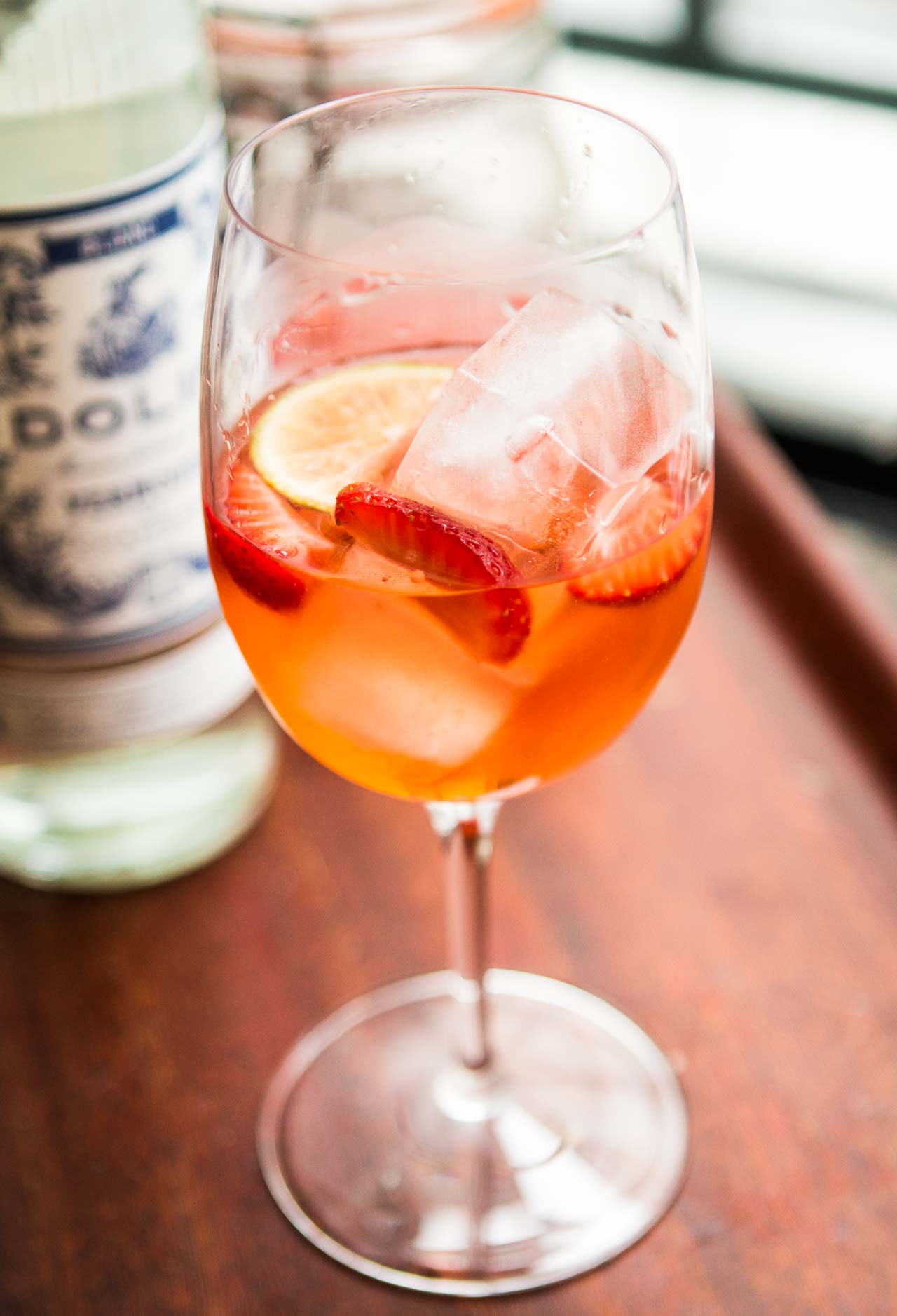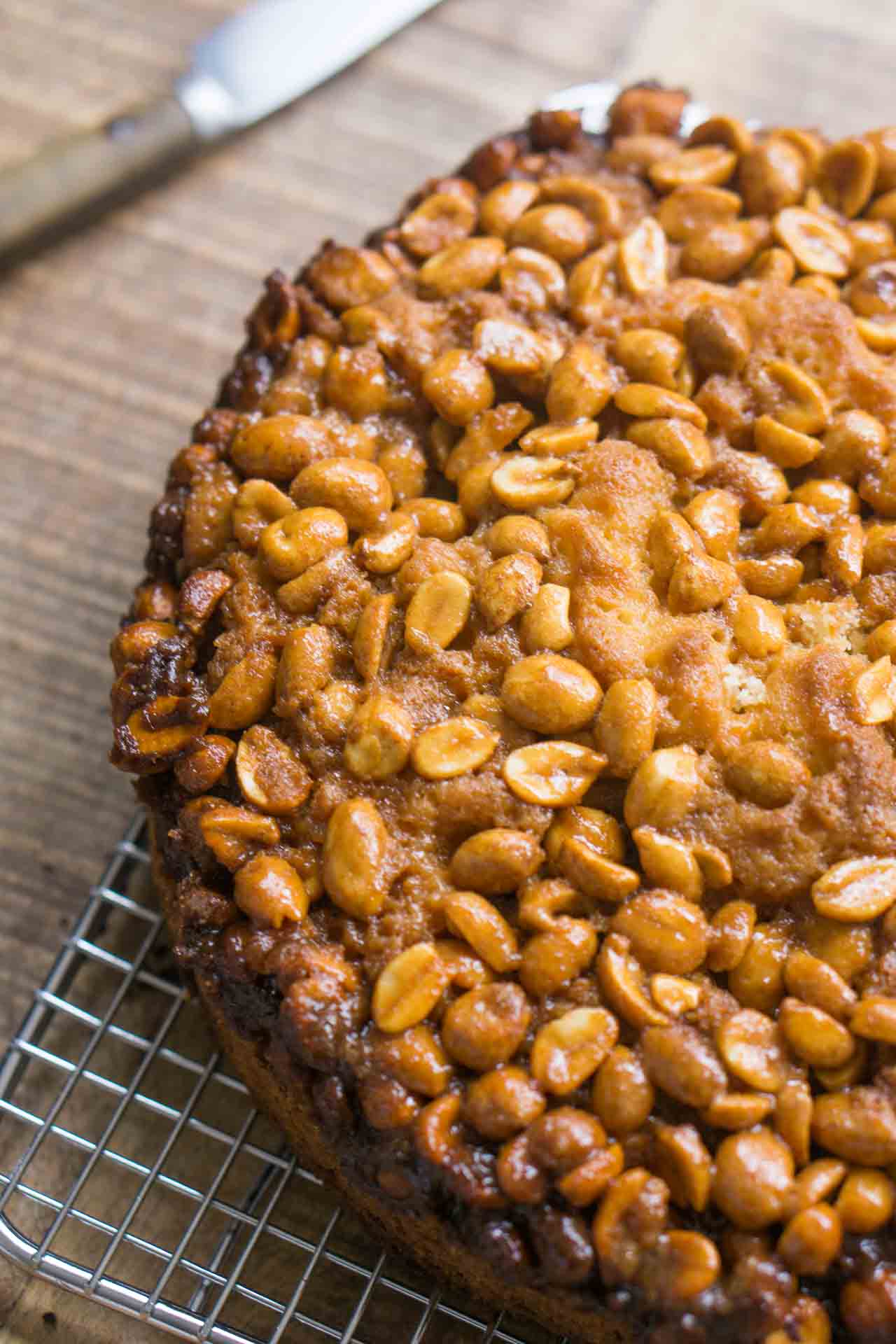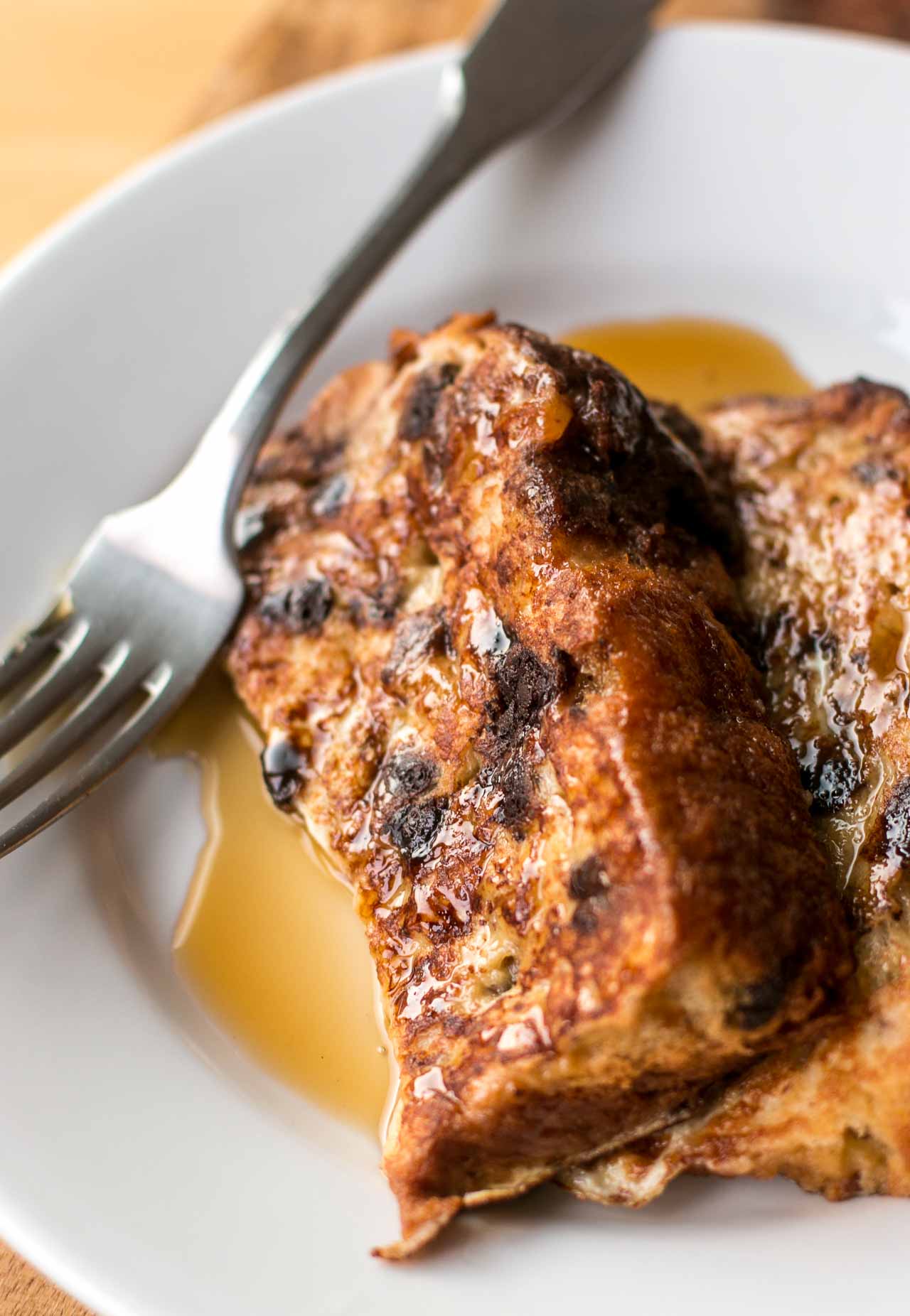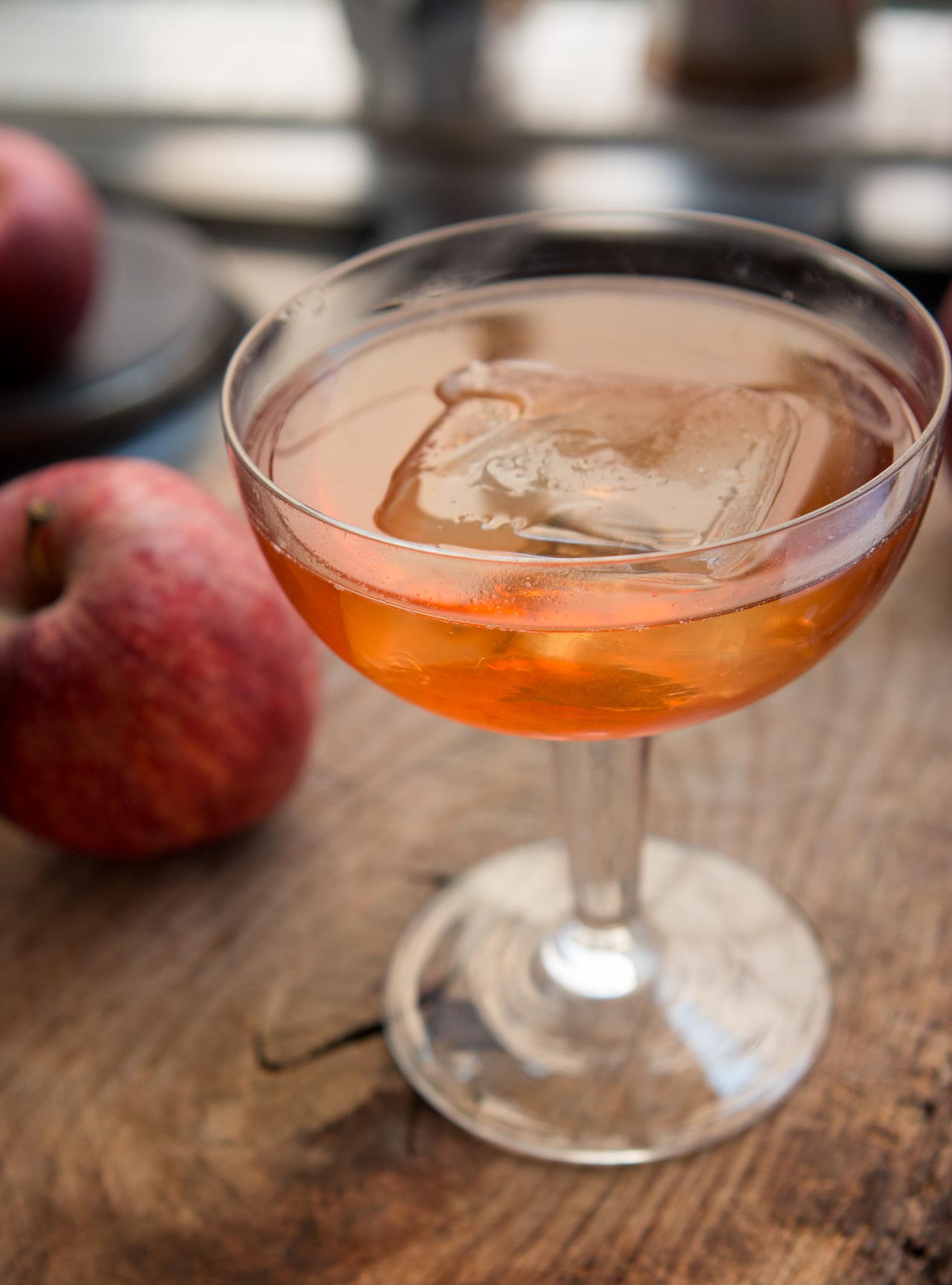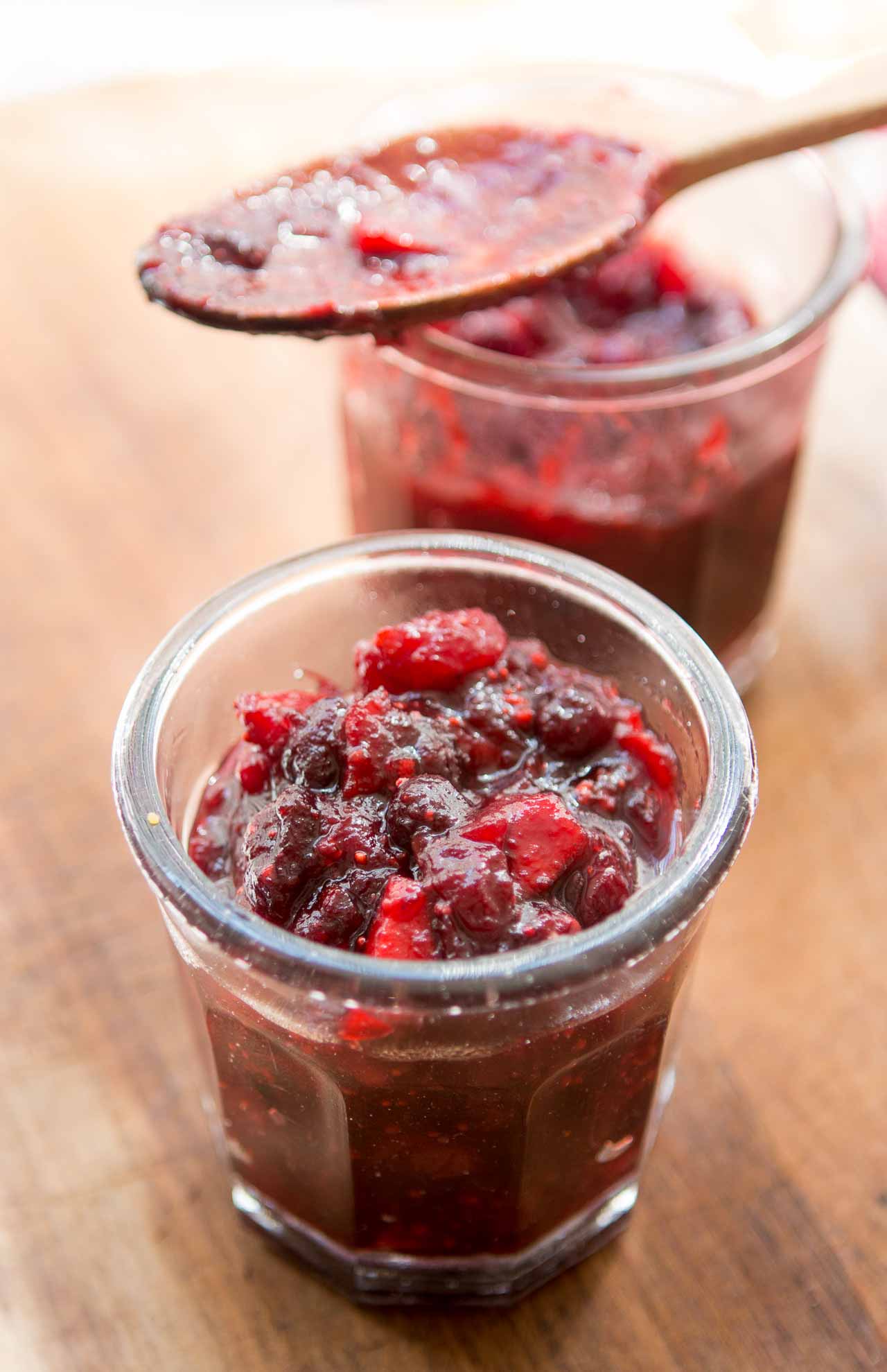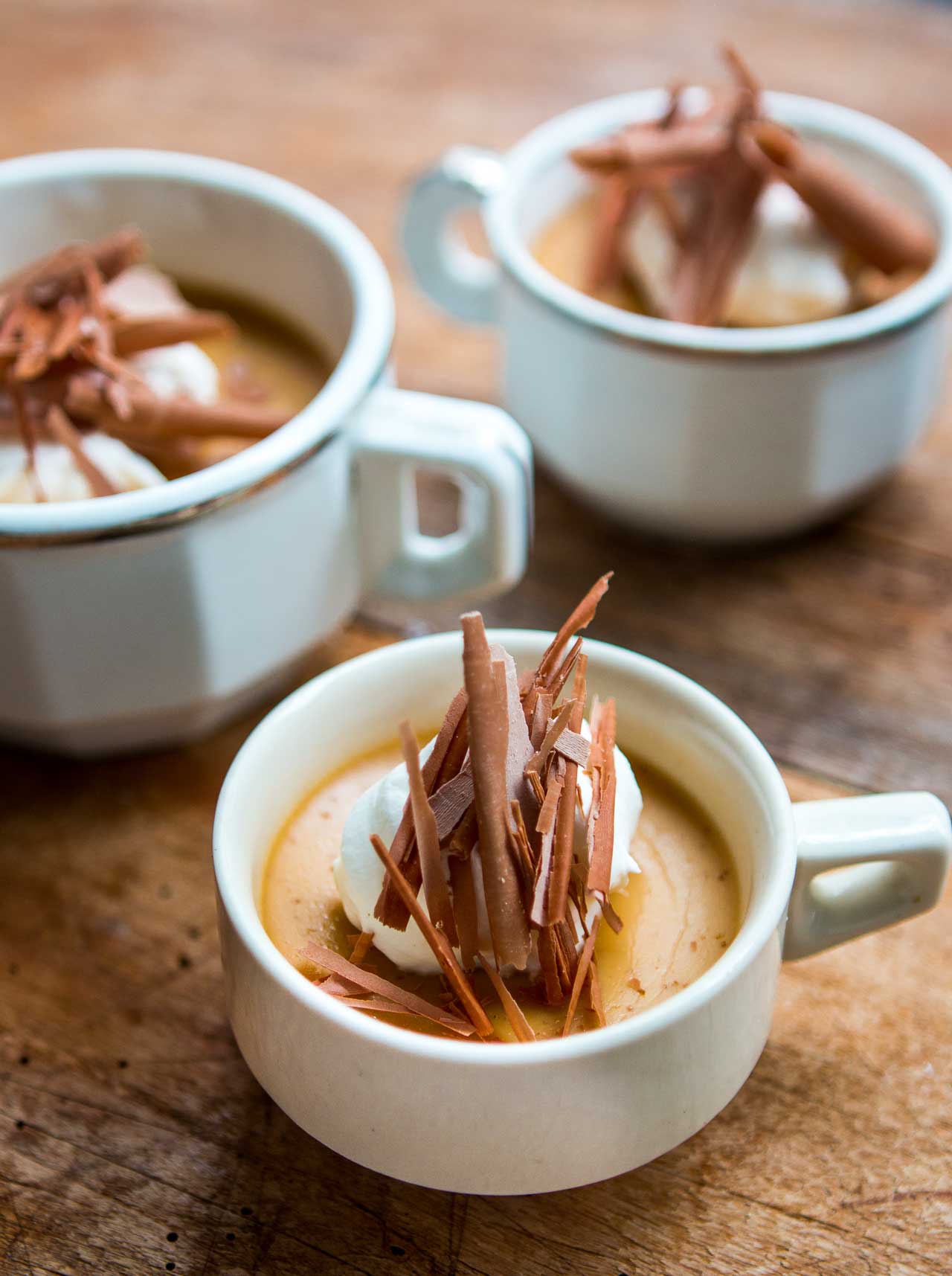Socca, v1.0…v1.6…v1.9…
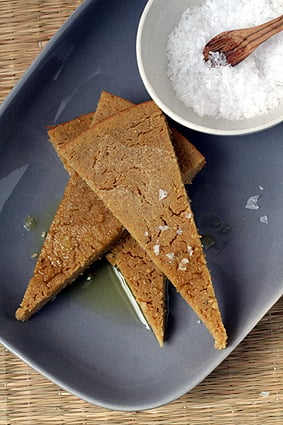
A reader recently inquired that her and her husband were planning to visit France and since he couldn’t tolerate any gluten, is there anything that I could recommend? She had attached a list of words in French for acceptable grains, like oatmeal and barley,
So I flipped through my French dictionary and looked under Special Dietary Needs, but there was a blank space. I didn’t know what to tell them. I was (almost) defeated. I finally recommended that they rent an apartment so they could do much of their own cooking and more importantly, they should frequent the same restaurants over and over so that staff got to know them.
Not many people, no matter where they’re from, are aware of which products have gluten. Even me.
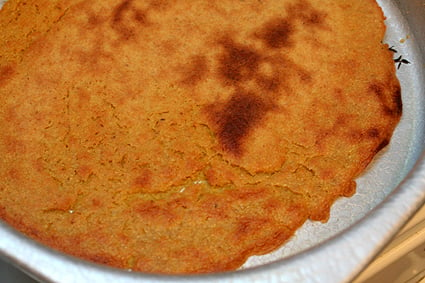
For example, I didn’t know that most soy sauces had gluten, as well as many bottled salad dressings, malt vinegar, various mustards, processed meats, and even some toothpastes and lipstick. (I could certainly give up one, but not the other.) And apparently I’m not the only one unaware gluten-free lifestyles: Even my local health food store stocks their gluten-free bread, unwrapped, on the same shelves with the regular bread, crumbs mingling and all.
I began leafing through Gluten-Free Girl
by blogger Shauna James Ahern a few weeks back, but I had a bit of free time on my hands last week, I finally sat down and really to read it cover-to-cover. It surprised me since it wasn’t at all the story of someone who framed her life around what she could or couldn’t eat.
Instead, it was how a self-professed junk food eater learned to love fresh foods by discovering buttery olive oils, chewy whole grains, farm-fresh produce and savory, aromatic herbs. And by cooking with them, she found contentment, satisfaction, and hot sex.
Uh…I mean love.
But if that’s one of the rewards of going gluten-free, where does one sign up?
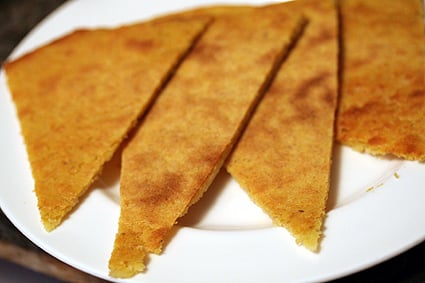
So to celebrate her book, I thought I’d discover something new and delicious myself, using a flour that I’ve never worked with in the spirit of Shauna.
Socca are ‘cakes’ made with chick-pea flour and are commonly sold as street-food in the south of France, most notably in Nice and along the Côte d’Azur. Socca are either cooked in a skillet on an open flame, or in the oven, and this gave me the perfect excuse to head to my Arab market, pick up some farine de pois chiche, and attempt Socca.
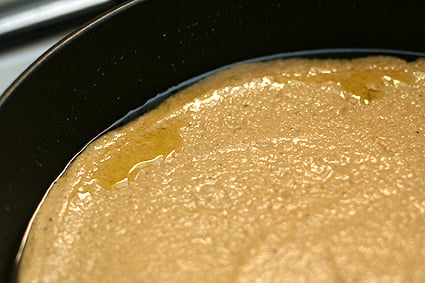
When I scanned the shelves, they had both jeaune (yellow) and chick pea flour cru (raw). They looked pretty similar but I bought both. And when I got them home and ripped open the bags, one whiff of the cru chick pea flour and there was no question which would be my preference.
My first delicious discovery!
If anyone out there knows the actual difference between them, I’m curious to know.
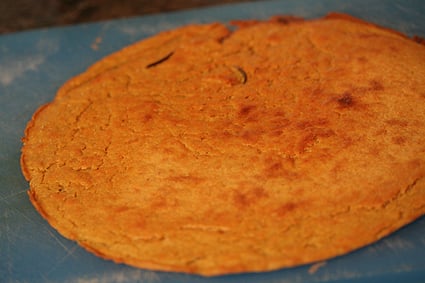
Since I’m not from Nice, which may explain why I’m not so nice, I had to play around a bit with the various recipes I found, and had my fair share of disasters.
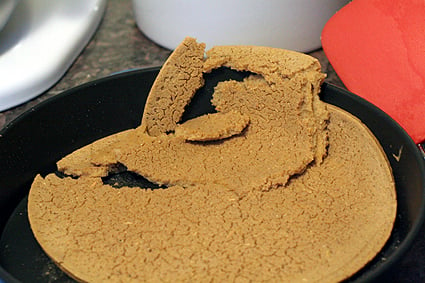
Although some of the versions I came up with were really delicious, they weren’t exactly traditional, so I’m working on the release of v2.0 that’s thinner and crispier since I’m scared of getting busted by the socca-police.
Like Shauna and her cooking, mine’s also a work in progress, and I’m going to continue to play around with this delicious-tasting chickpea flour that I’m now regularly keeping in stock chez moi. And I’m certain to be pulling quite a few more warm socca from my oven in the near future.
As you can see from the photos here, I tried various recipes which are linked below, futzing with the combinations of ingredients and cooking techniques. I’m still working on a recipe that’s easy to replicate at home, tastes delicious, and is authentically thin and crackly, which was lacking in most of the recipes I found out there. Once I finish, I hope to share it with you all. Unfortunately this week has been less-than-optimal, with Mercury in retrograde and all*, so I’m using my Time Out card, à la Dismissed.
But how wonderful that someone could turn what many would consider a restriction into something so positive and be so inspiring to me and other cooks out there—gluten-free or not.
Merci Shauna!
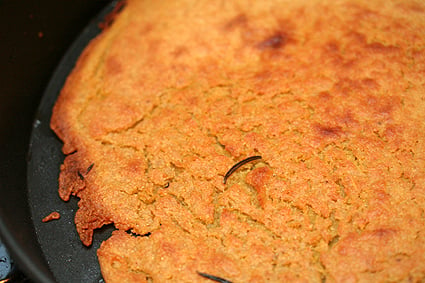
Links
Visit Shauna at Gluten-Free Girl.com
National Foundation for Celiac Awareness
Read other food blogs that have written-up Shauna’s book.
Buy chickpea flour online.
Mark Bittman’s recipe for Socca.
Deb makes chocolate financiers.
Rosa Jackson came to my rescue, who lives in Nice.
My advice for dining gluten-free in Paris.
Farinata recipe, the Italian cousin of socca.
Shauna’s gluten-free pantry at ChefShop.com
Check out Shauna’s book: Gluten-Free Girl: How I Found The Foods That Love Me Back…and How You Can Too
*For those of you wondering, the digital box that controls the internet, cable television, and telephones in my entire neighborhood is in the basement of my building. When the repairman came a week later, he discovered it had brûléed, or exploded—and burnt to a crisp.
Luckily, as you can see, none of my experiments with socca were that frightening…







